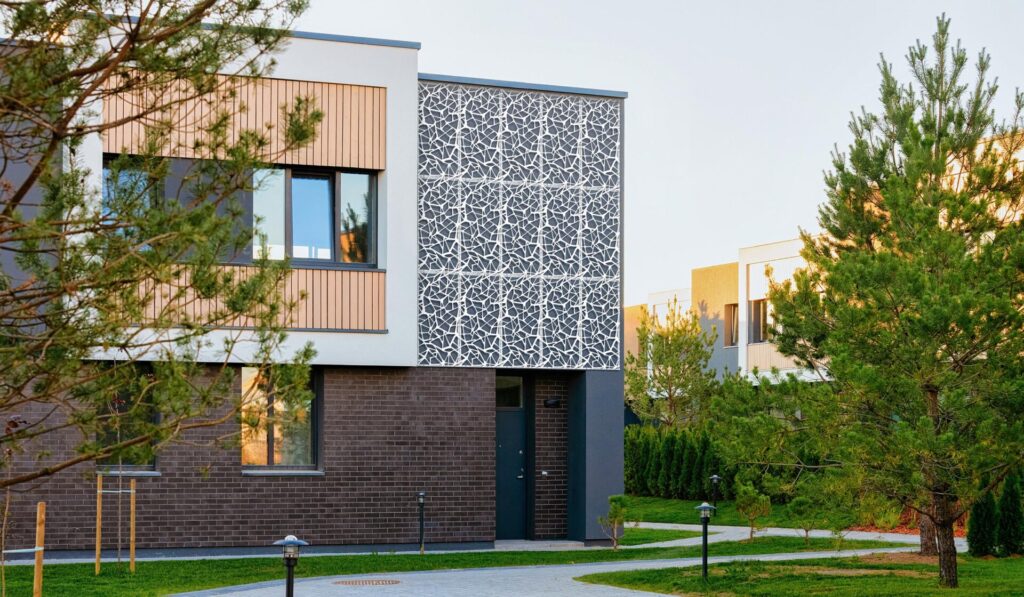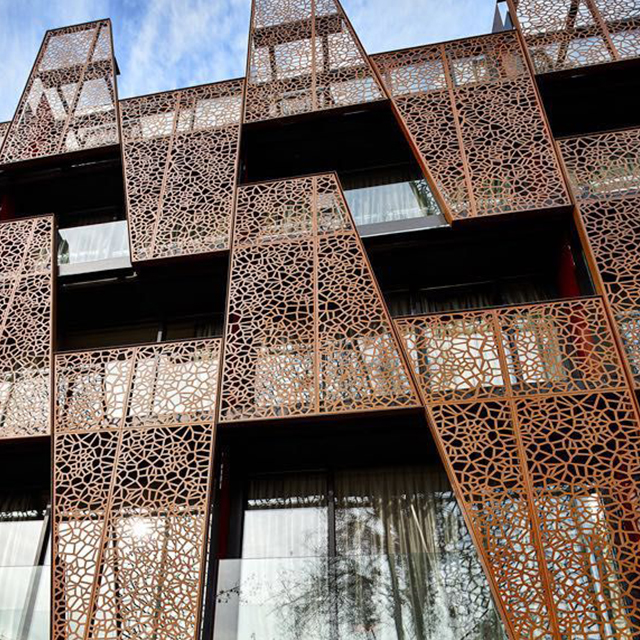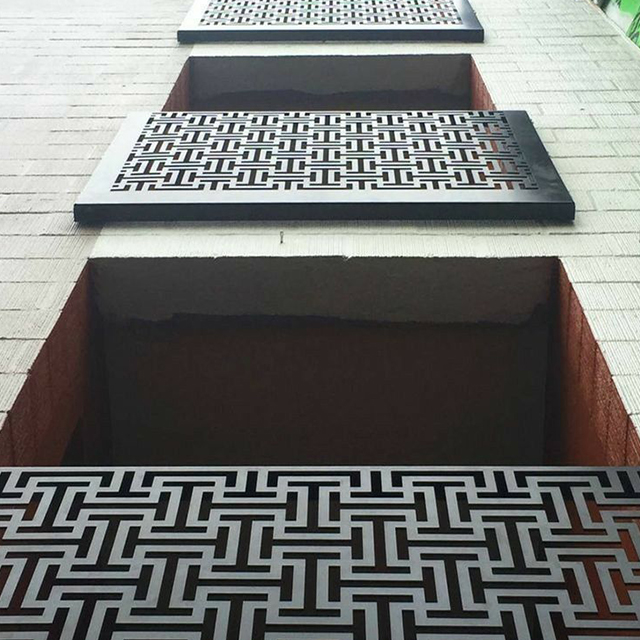In the realm of architecture, the terms “wall” and “curtain wall” are often used interchangeably, but they represent distinct structural elements with unique characteristics and applications. Understanding the difference between these two components is crucial for architects, engineers, and construction professionals to make informed decisions regarding building design and construction.
Walls: The Structural Backbone
Walls are fundamental building components that provide structural support, define interior spaces, and protect the building’s occupants from the elements. They are typically constructed from load-bearing materials such as brick, concrete, or masonry, and are integrated into the building’s structural frame. Walls bear the weight of the building above them, including floors, roofs, and any additional loads.
Key Features of Walls:
- Load-bearing capacity: Walls are designed to withstand and distribute significant loads, ensuring the structural integrity of the building.
- Interior space definition: Walls create distinct interior spaces, providing privacy, separating functional areas, and contributing to the overall layout of the building.
- Environmental protection: Walls act as barriers against external elements such as wind, rain, snow, and temperature fluctuations, maintaining a comfortable and safe indoor environment.

Curtain Walls: Non-Load-Bearing Facades
Curtain walls, in contrast to walls, are non-load-bearing exterior cladding systems that hang from the building’s structural frame. They serve primarily as an aesthetic and protective layer, enhancing the building’s appearance and providing weatherproofing. Curtain walls are typically constructed from lightweight materials such as aluminum, glass, or metal panels.
Key Features of Curtain Walls:
- Non-load-bearing design: Curtain walls do not support the weight of the building, allowing for greater flexibility in design and fenestration.
- Aesthetics and visual appeal: Curtain walls contribute significantly to the building’s exterior appearance, offering a wide range of finishes, colors, and textures.
- Weatherproofing and protection: Curtain walls provide a weather-resistant barrier, protecting the building’s interior from rain, wind, and other external elements.
Comparing Walls and Curtain Walls:
| Feature | Walls | Curtain Walls |
|---|---|---|
| Structural role | Load-bearing | Non-load-bearing |
| Construction materials | Brick, concrete, masonry | Aluminum, glass, metal panels |
| Primary function | Structural support, space definition, environmental protection | Aesthetics, weatherproofing |
| Integration with building structure | Integrated into structural frame | Attached to structural frame |
| Load distribution | Distribute loads to foundation | Do not bear significant loads |

Conclusion:
Walls and curtain walls play distinct yet complementary roles in building construction. Walls provide the structural foundation and interior space definition, while curtain walls enhance the building’s aesthetics and provide weatherproofing. Understanding the differences between these two elements is essential for architects, engineers, and construction professionals to make informed decisions regarding building design and construction.

